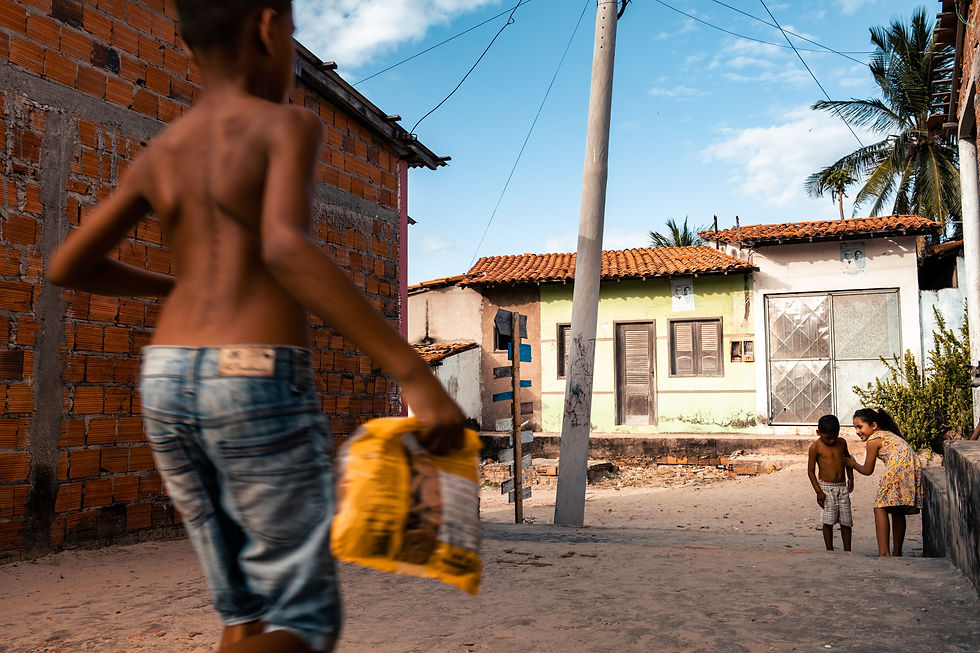Wildlife bridges for safe passage
- Editorial Team SDG11

- Mar 21, 2023
- 3 min read
Updated: Apr 19, 2023

Three wildlife bridges, designed to ensure safe passage for bighorn sheep and other animals, have been added to the plans for a high-speed rail line connecting Las Vegas and Southern California.
The California Department of Fish and Wildlife, the state Department of Transportation, and rail builder Brightline West announced an agreement on Wednesday to design and build the crossings over the planned 218-mile rail line, which will run through the center divider of the heavily traveled 15 Freeway.
The train line's construction is set to begin in the second half of 2023, with completion in as few as four years, according to Brightline.
"Roadways and rail lines must be constructed to connect, not divide," said California Governor Gavin Newsom in a news release. "This project will not only conserve the Mojave Desert region's valuable wildlife and ecosystem, but it will also safely and effectively transport passengers between Las Vegas and Southern California, preserving one of our state's most popular corridors."
The crossings, in particular, are expected to assist bighorn sheep.
When the project was planned, conservationists expressed worry that the sheep's movements would be restricted, just when drought and heat drove them to seek food and water further afield.
Crossings were not originally planned for the rail.
Brightline heralded the project as a success for zero-emission transport, claiming that trains would achieve speeds of 180 miles per hour, reducing travel time between locations to 214 hours.
Brightline said on its website that the train line would cut the number of vehicles driving between the two regions by 3 million per year, saving 400,000 tons of CO2.
In 2021, wildlife researchers highlighted that three crossings in the Mojave Desert's Soda, Cady, and Clark mountains could help preserve the desert's variety.
"Giving animals the freedom to roam despite the rising infrastructure required to support California's vibrant human population is a primary goal for CDFW," the agencies said in a joint news release issued Wednesday.
Aside from the crossings, the project will include plans to maintain or upgrade hundreds of existing culverts and crossings along Interstate 15. Wildlife exclusionary fencing and desert tortoise fencing will also be maintained or installed.
The bridges are the latest victories for wildlife advocates who have been campaigning for animal passageways around the state.
Construction of a long-desired mountain lion bridge over the hazardous 101 Freeway in Agoura Hills began last spring. The Wallis Annenberg Wildlife Crossing, which will cost $30 million, is scheduled to open in 2025.
In addition to their benefits for animals, wildlife bridges also contribute to the achievement of several Sustainable Development Goals (SDGs). For example, the construction of these bridges can support Goal 11 for sustainable cities and communities by reducing the negative impacts of urbanization on natural ecosystems. By providing safe passage for animals, wildlife bridges can help to maintain the ecological connectivity of urban and rural areas, ensuring that wildlife populations can thrive in and around cities.
Wildlife bridges can also support Goal 13 for climate action by promoting sustainable transportation options. By reducing the number of vehicle collisions, these bridges can help to reduce greenhouse gas emissions and promote the use of alternative modes of transportation such as walking, cycling, and public transit.
Wildlife bridges also contribute to the achievement of Goal 15 for life on land by promoting the conservation and restoration of terrestrial ecosystems.
By enabling animals to move freely across roads and highways, these bridges help to maintain the genetic diversity of wildlife populations and support the overall health and resilience of ecosystems.
Overall, wildlife bridges are a critical tool of the global society for protecting biodiversity and promoting sustainable development, making them an important component of efforts to achieve the SDGs.
More information: https://www.latimes.com/california/story/2023-02-16/wildlife-crossings-high-speed-l-a-vegas-rail-line



